Project Description
Karoo Cats is a conservation program near Cradock that aims to create public awareness of the plight of small cats through research, public awareness and education.
99% of cat conservation focuses only on the large cats. There doesn’t seem to be much interest in the conservation of the smaller cats – especially here in Africa. Richard and Marion Holmes keep 4 species of the smaller wild cats in captivity not only to breed with them but to research their behaviour and compare it with that found in the wild. The cats are bred in captivity for selective release into suitable wild habitats and to inform and educate the public about the important role these animals play in bio-diversity conservation.
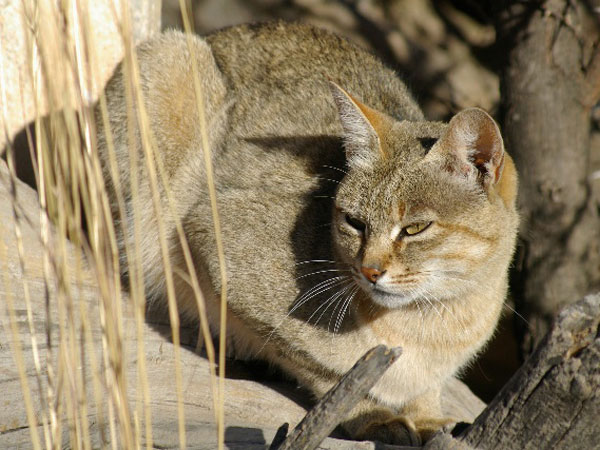
African Wild Cat
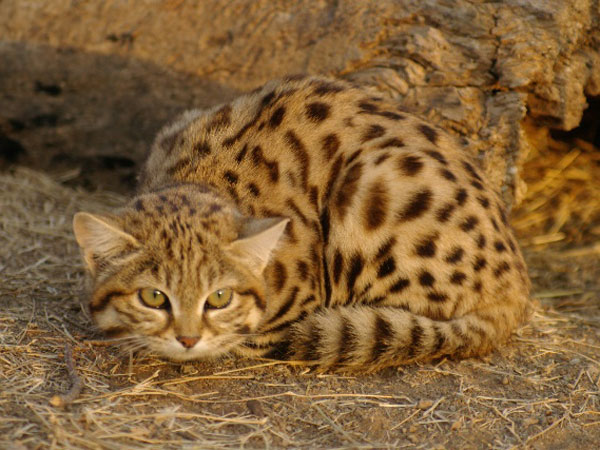
Small Spotted Cat

Serval
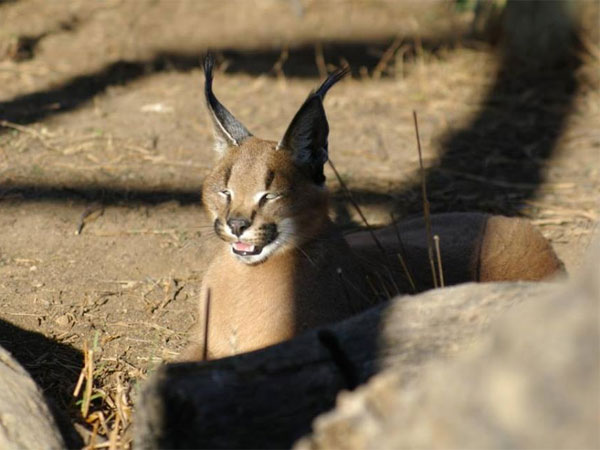
Caracal
Support the conservation of small cats
South Africa enjoys seven species of indigenous wild cats. The big cats of Africa, like lions and cheetah, receive much focus and attention through tourism and the fact that they are more easily sighted than their smaller cousins. The small cats form an essential link in our ecosystem, but desperately require the same status as the larger cats.
The Cat Conservation Trust is a non-profit trust that aims to create public awareness of the plight of the small cats through research and education.
There are many ways that you can assist the Cat Conservation Trust. Visit their website to find out more about why conservation of these beautiful and fascinating creatures are necessary, and how you can help.
Which is the smallest cat in Africa?
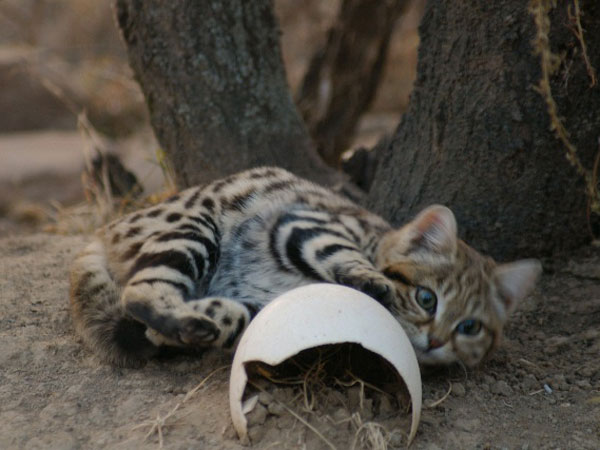
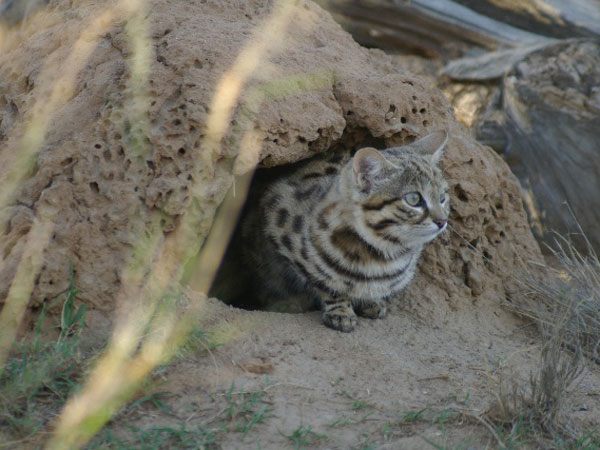
Everyone knows about the big cats of Africa but how many people actually know about the smallest cat in Africa and that is only occurs in Southern Africa? Of the 10 cats found in Africa, 7 occur in Southern Africa. As far as I am concerned the most spectacular of all African cats is the smallest. It is also the 2nd smallest cat in the world.
It’s nocturnal and extremely shy and only weighs between 1,1kg to 2,4 kg. Let me put it into perspective for you – this cat, when fully grown, is the size of a newborn lion cub or half the size of a house cat.
This amazing little cat is now called the small spotted cat (aka black footed cat). It looks like a mini leopard of sorts with its spots and stripes. It is ferocious for its size. The Afrikaans name for this little cat is quite descriptive – Miershooptier – anthill tiger. This name comes from the fact that they have been known to use and live in the anthill dug out by an aardvark.
We are privileged to have this unique and beautiful cat in South Africa– yet so little is known about it and it is rarely seen. Unfortunately this CITIES appendix I animal is the victim of habitat destruction, blanket vermin control against the black backed jackal and caracal as well as indiscriminate poisoning and poisoning of locusts, the latter which is part of their diet. Their diet consists of rodents, birds, insects and sometimes small mammals (up to the size of a Cape hare). The success rate for kills is one of the highest of any cat at around 60% – it kills on average one prey animal every 50 minutes! The average consumption of a single cat is around 3000 rodents per year.
This solitary cat lives in areas that some would call inhospitable – semi desert areas such as the Karoo. They have to contend with extremes in temperature ranging from 40C in the summer to -10C on a cold Karoo winter night. Their small bodies have a high metabolism and they therefore have to consume around 20% of its body weight per night. In this harsh environment where water is scare they obtain all the water they need from their prey. For such a small cat is has enormous territories. Males roam an average of 20 km2 and females 10km2 over the course of one year. This could be due to the fact that there are lower prey densities in the habitats where they are to be found. The small spotted cat shares a large part of its distribution with the African Wild Cat. Research is currently underway which will establish a more accurate distribution.
Most people would consider the roar of a lion to be spectacular. To me, however, nothing is more memorable than listening to the deep throated call of this cat. It is a rather loud call for such a small animal to produce and is a sound not easily forgotten.
Their predators include the giant eagle owl, caracals and black backed jackals while the kittens are vulnerable to a much larger host of predators.
99% of cat conservation focuses only on the large cats. There doesn’t seem to be much interest in the conservation of the smaller cats – especially here in Africa. Is this because they are not seen that often and therefore forgotten or is it that they are not “eye catching” or “have no tourist potential”? There is no single approach that will be successful in the conservation of the smaller cats but education and public awareness play an important role in this regard. Any conservation must include the “man on the ground” as most land in this country is in private hands and that translates into the farmers hands.
All photos are the property of the Cat Conservation Trust and cannot be used without permission.

